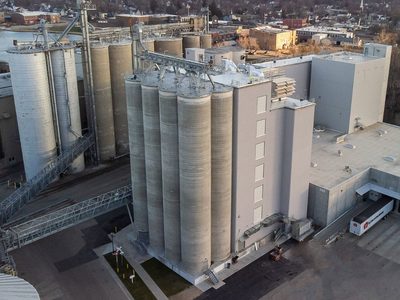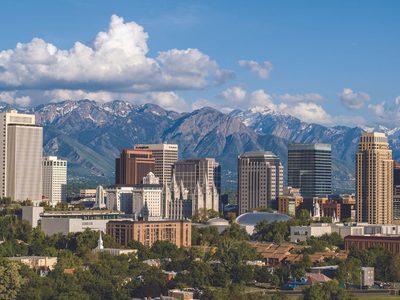Population:81,471,834 (July 2011 est.)
Religions:Protestant 34%, Roman Catholic 34%, Muslim 3.7%, unaffiliated or other 28.3%.
Location:Central Europe, bordering the Baltic Sea and the North Sea, between the Netherlands and Poland, south of Denmark.
Government:Federal republic. Chief of state: President Christian Wulff (since June 30, 2010); head of government: Chancellor Angela Merkel (since Nov. 22, 2005).
Economy:The German economy — the fifth largest economy in the world in PPP terms and Europe’s largest — is a leading exporter of machinery, vehicles, chemicals, and household equipment, and benefits from a highly skilled labor force. Like its western European neighbors, Germany faces significant demographic challenges to sustained long-term growth. Low fertility rates and declining net immigration are increasing pressure on the country’s social welfare system and necessitate structural reforms. The modernization and integration of the eastern German economy — where unemployment can exceed 20% in some municipalities — continues to be a costly long-term process, with annual transfers from west to east amounting in 2008 alone to roughly $12 billion. Reforms launched by the government of Chancellor Gerhard Schroeder (1998-2005), deemed necessary to address chronically high unemployment and low average growth, contributed to strong growth in 2006 and 2007 and falling unemployment. These advances, as well as a government-subsidized, reduced working hour scheme, help explain the relatively modest increase in unemployment during the 2008-09 recession — the deepest since World War II — and its decrease to 7.4% in 2010. GDP contracted 4.7% in 2009 but grew by 3.6% in 2010. In its annual projection for 2011, the federal government expects the upswing to continue, with GDP forecast to grow this year at a real rate of 2.3%. The recovery was attributable primarily to rebounding manufacturing orders and exports — increasingly outside the Euro Zone. Domestic demand, however, is becoming more significant driver of Germany’s economic expansion. Stimulus and stabilization efforts initiated in 2008 and 2009, and tax cuts introduced during Chancellor Angela Merkel’s second term increased Germany’s budget deficit to 3.3% in 2010. The Bundesbank expects the deficit to drop to about 2.5% in 2011, below the E.U.’s 3% limit. A constitutional amendment approved in 2009 likewise limits the federal government to structural deficits of no more than 0.35% of GDP per annum as of 2016.
GDP per capita:$35,700 (2010 est.); inflation: 1.1% (2010 est.); unemployment 7.1% (2010 est.).
Currency:Euros (EUR): 0.726 euros equal 1 U.S. dollar (Oct. 19, 2011).
Exports:$1.303 trillion (2010 est.): machinery, vehicles, chemicals, metals and manufactures, foodstuffs, textiles.
Imports:$1.099 trillion (2010 est.): machinery, vehicles, chemicals, foodstuffs, textiles, metals.
Major crops/agricultural products:Potatoes, wheat, barley, sugar beets, fruit, cabbages; cattle, pigs, poultry.
Agriculture:0.9% of GDP and 2.4% of the labor force.
Internet:Code. .de; 21.729 million (2010) hosts and 65.125 million (2009) users.
Source: CIA World Factbook





